Pucker Up for Filipino Vinegar
At modern Filipino restaurant Abaca, the longanisa skewers come with a glass dish of vinegar, an egg yolk floating on the surface like a rising moon. The vinegar, sepia-toned and turbid, is a reduction of sukang iloko, a speciality of the Ilocos region in northern Luzon that’s fermented from sugarcane wine. Breaking the yolk sends Van Gogh swirls into the dark.
It’s one of vinegar’s flashiest appearances on chef-owner Francis Ang’s San Francisco menu, but the tart ferment plays a crucial role throughout his repertoire and the Filipino traditions that inform it.
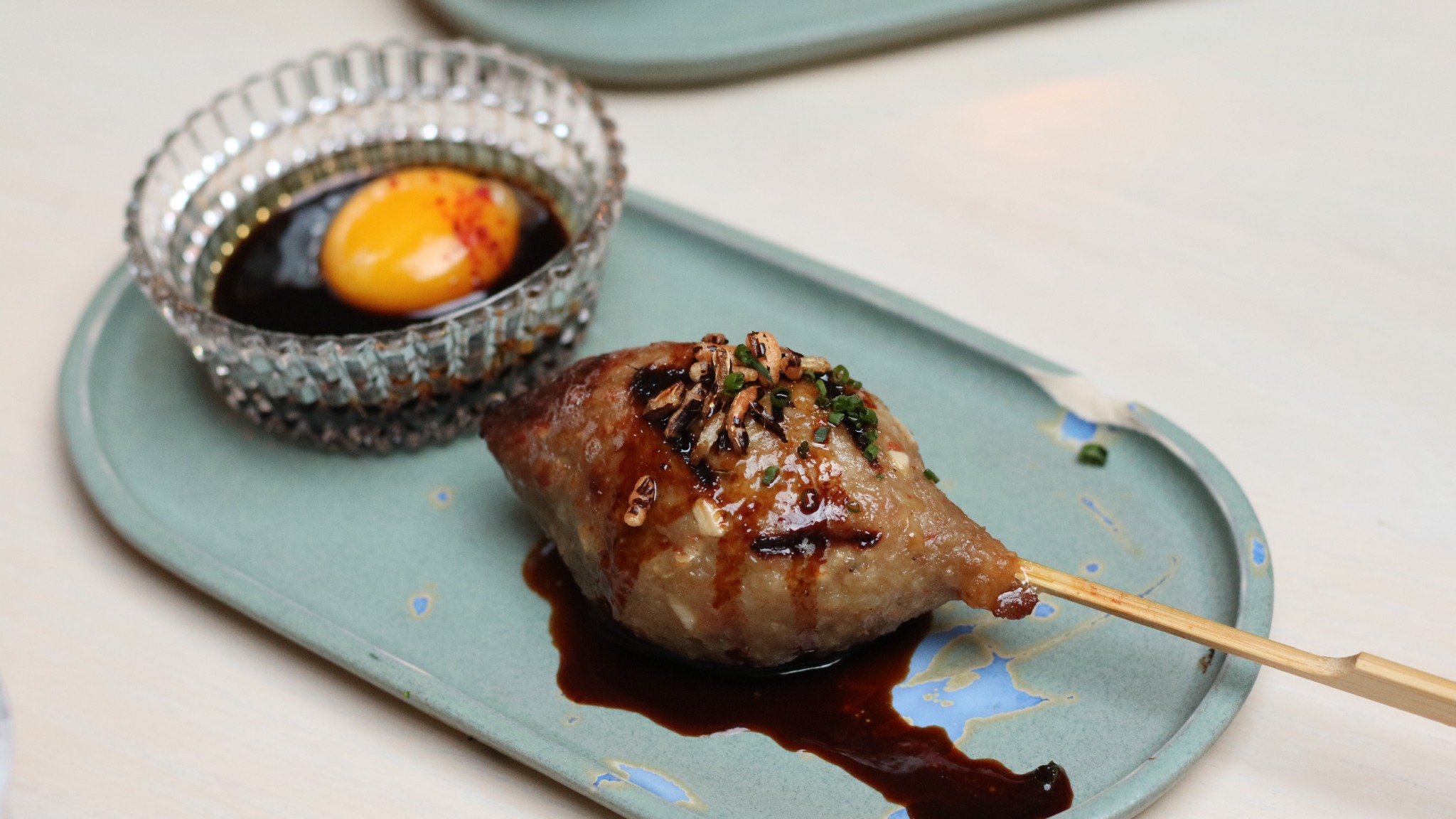
“Honestly, almost everything has vinegar in one way or another,” Ang says. Like many Filipino chefs and home cooks in the United States, he adds variety to his dishes with regional vinegar styles that have only recently become available outside of the Philippines.
Early diasporic cooks made do with whatever was available locally; adobo recipes in cookbooks published in the United States before the 1990s often call for white or wine vinegar. That has changed in the past few decades as Filipino food companies and distributors responded to demand for more regional, artisan products both in the Philippines and in growing immigrant communities. Add some backing from the government of the Philippines, which promotes vinegar as a source of extra revenue for farmers, and Filipino vinegar may be poised to go mainstream, like balsamic vinegar did after a marketing push in the 1970s.
Doreen Gamboa Fernandez, the late doyenne of Filipino food writing, called vinegar “power indeed, the souring, transforming basic” in her 1991 classic “Kinilaw.” It is a pillar of Filipino cuisine and a key ingredient in some of its most totemic dishes, including adobo, kinilaw (acid-cured fish) and paksiw (meat simmered in vinegar). For rich pulutan (drinking snacks) like lumpia and chicharron, it’s a consummating condiment, and few cuts of fish or meat meet the grill before a purifying vinegar bath.
At Abaca, there’s sinamak — palm vinegar steeped with chiles, galangal and other aromatics — in the marinade for the chicken inasal skewers. Spiced coconut-blossom vinegar from Suka Pinakurat, a company based in the southern island of Mindanao, amplifies the acidity of the burong mangga (fermented rice and green mango) salad. Ang also makes the coconut-blossom vinegar into a gel that he adheres to lumpia and okoy squash fritters, a pre-assembled approach to the Filipino art of sawsawan (dipping sauce) — because, he says, non-Filipino diners might not know to dip fried food in vinegar.
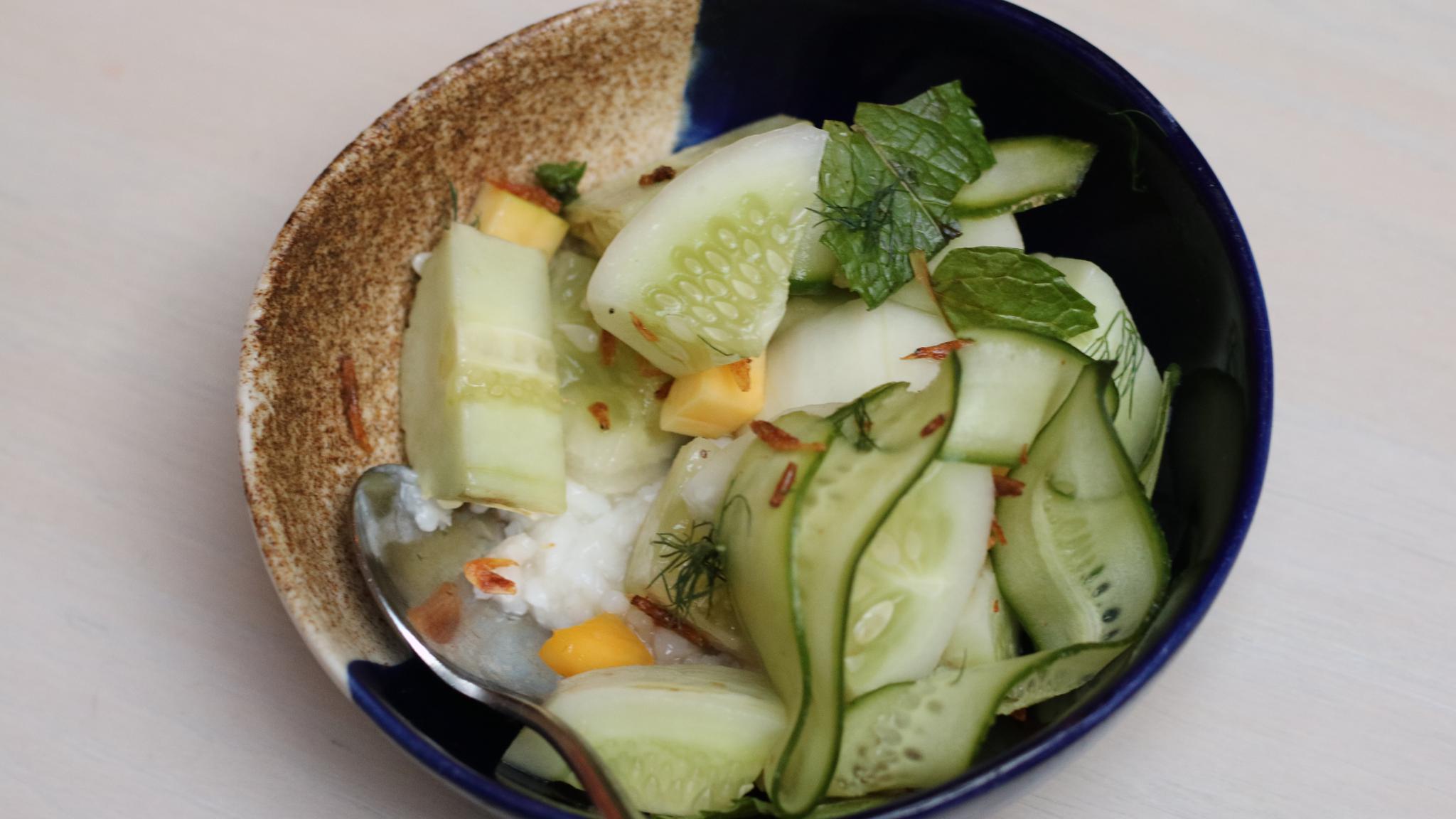
“A lot of the work that needs to be done is really just educating the international market on the narratives and rituals behind Filipino vinegar, as well as the whole generational knowledge,” says Maria Rita Matute, who is in charge of the Trade Promotions Group under the Philippines’ Department of Trade and Industry.
She sees special potential for the coconut vinegar industry, which is set to get a boost from the Coconut Farmers and Industry Development Plan, a $1.3 billion fund that former President Rodrigo Duterte approved in June. “It’s unique to the Philippine palate, but I think it could be universal.”
In the tropical climate of the Philippines, fermentation is inevitable; almost any sugary liquid can become vinegar, or suka in Tagalog. (Put the stress on the second syllable or you’ll be saying vomit instead.) The most common variety is white cane vinegar, made from sugarcane syrup and used for cooking, pickling and as a cleaning agent. Vinegar made from sugarcane wine, like sukang iloko, is more precious and saved for sparing use as a condiment — and, according to Fernandez, in a “cleansing steam for women after childbirth.”
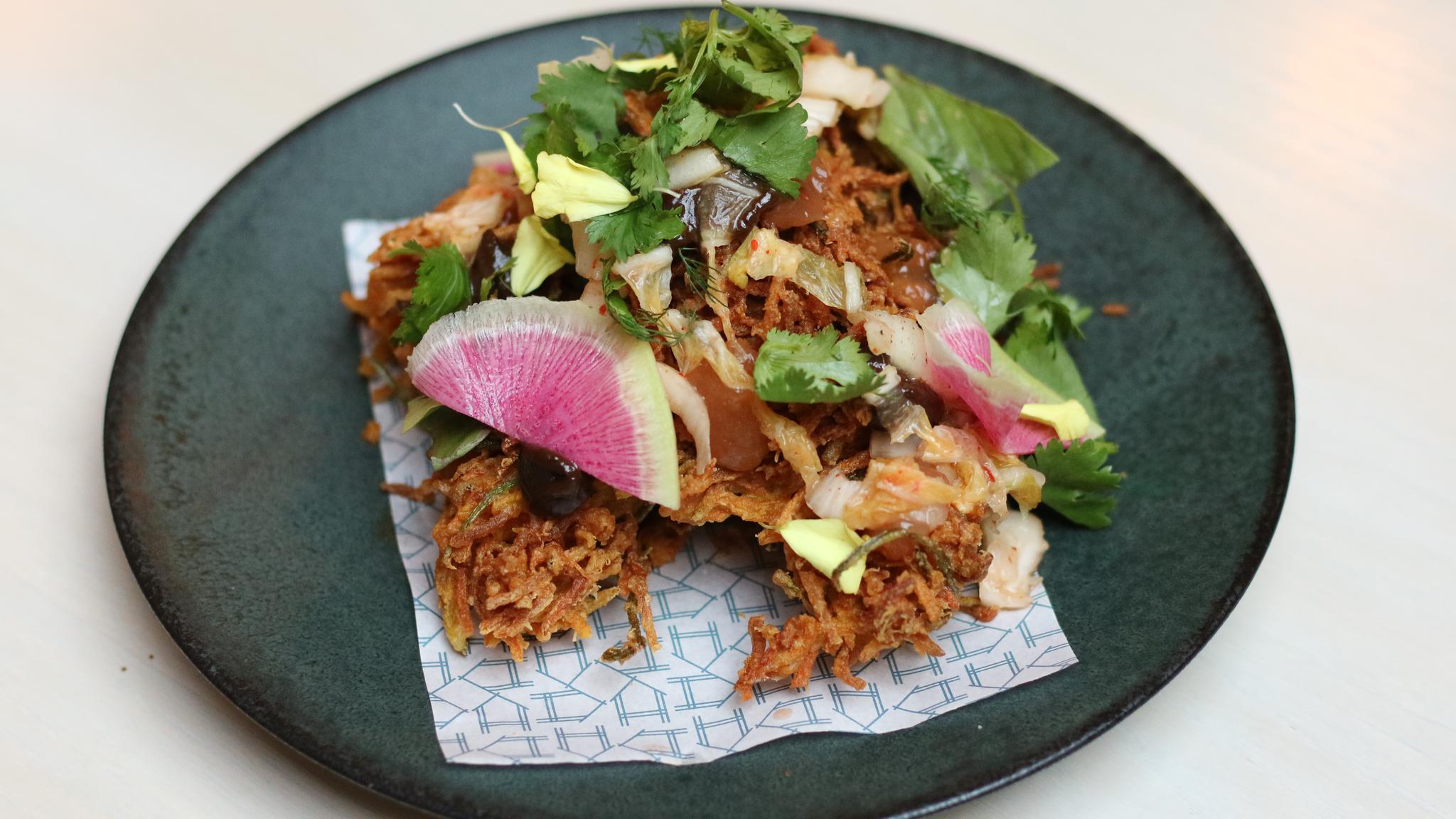
Other vinegars are eked from palm trees, a wide-branching category. Each species demands different treatment and yields different results. Sukang tuba, fermented from the nectar of coconut palm blossoms, has a bold, yeasty flavor that lends well to kinilaw; sukang nipa, from mangrove palm sap, holds a memory of salt from the brackish water where its parent tree grows. There’s also sukang kaong, a sugar palm vinegar with rounded edges, and sukang niyog that retains a fragrant grace note from its coconut-water base. Factor in different flavorings and fermentation methods and the number of regional varieties easily reaches into the dozens.
Many farmers and artisans in the Philippines still make vinegar according to traditional methods. They scale coconut palms to collect nectar from the crown-like blossom heads, shake the scant sap from mangrove palm fronds, and ferment their harvest in earthenware vessels that have changed little since prehistory. Some sell their wares at bamboo farm stands along rural roadsides. Others supply companies like Quezon’s Best, Mama Sita and NutriAsia that produce vinegar on an industrial scale.
Most well-stocked Filipino supermarkets in the Bay Area, such as Seafood City and Island Pacific, carry at least a few varieties of specialty vinegar, usually from these larger companies. NutriAsia, whose foggy Datu Puti cane vinegar is as ubiquitous in Filipino American kitchens as oversized wooden spoons, has a “Pinoy Original” line that includes sukang iloko, sinamak and spiced sukang tuba. Mama Sita, perhaps best known in the U.S. for sinigang flavoring packets, sells several varieties of cane and tuba vinegar as well as a variety fermented from cashew apples. You may also find smaller-batch vinegar blends from Basimatsi, a project out of the Manila-based brand incubator Kitchen Witchery, or coconut-mango vinegar from Filipino distribution brand Sunrise in San Francisco.
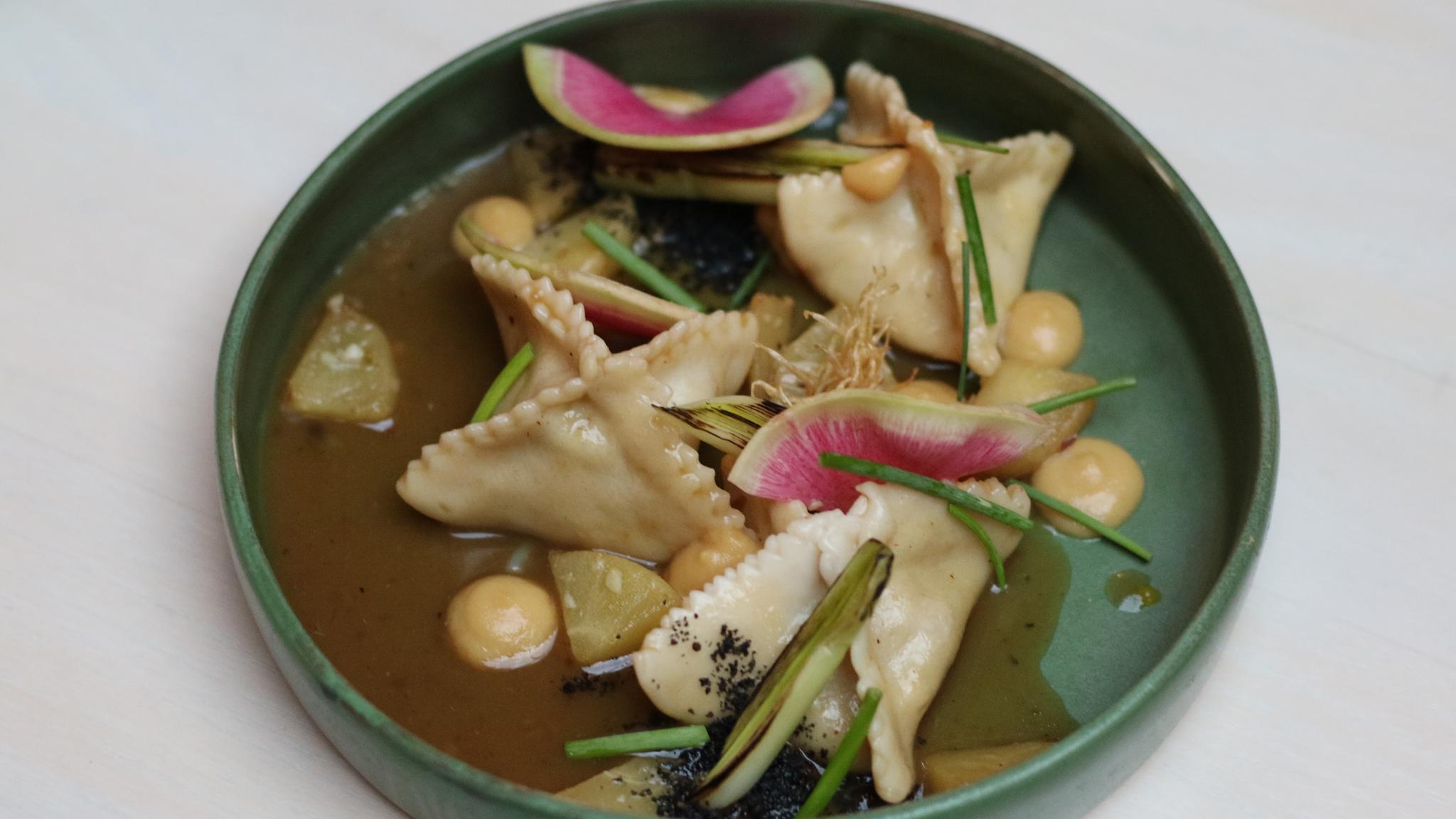
“Imagine how many farmers would be given livelihoods if the consumers learn to appreciate this healthy vinegar that has been there for a long time,” says Mama Sita President Clara Lapus, who has been promoting Filipino vinegar as a foothold out of rural poverty since the 1990s.
If you pick up a bottle, you’ll be joining a rising tide. The Philippines exported about $4.3 million worth of vinegar in 2021, with about a quarter going to the United States, and sales are increasing by about 20% each year. Location data suggests that most buyers are part of the Filipino diaspora, but the government of the Philippines “remains hopeful that our vinegar would continue to gain traction and eventually reach the mainstream market,” Matute says.
For those looking to dip a toe (or a lumpia) into the world of Filipino vinegar, the Bay Area’s Filipino restaurants are a good place to start. These days, both humble mom-and-pops and trendy newcomers use imported varieties. Tito’s Grill, the DIY barbecue spot in Hayward, has a self-serve table occupied by four big pails of flavored cane vinegar; F.O.B. Kitchen in Oakland uses palm vinegar in the pork adobo and milder coconut vinegar in the vegetarian tofu version.
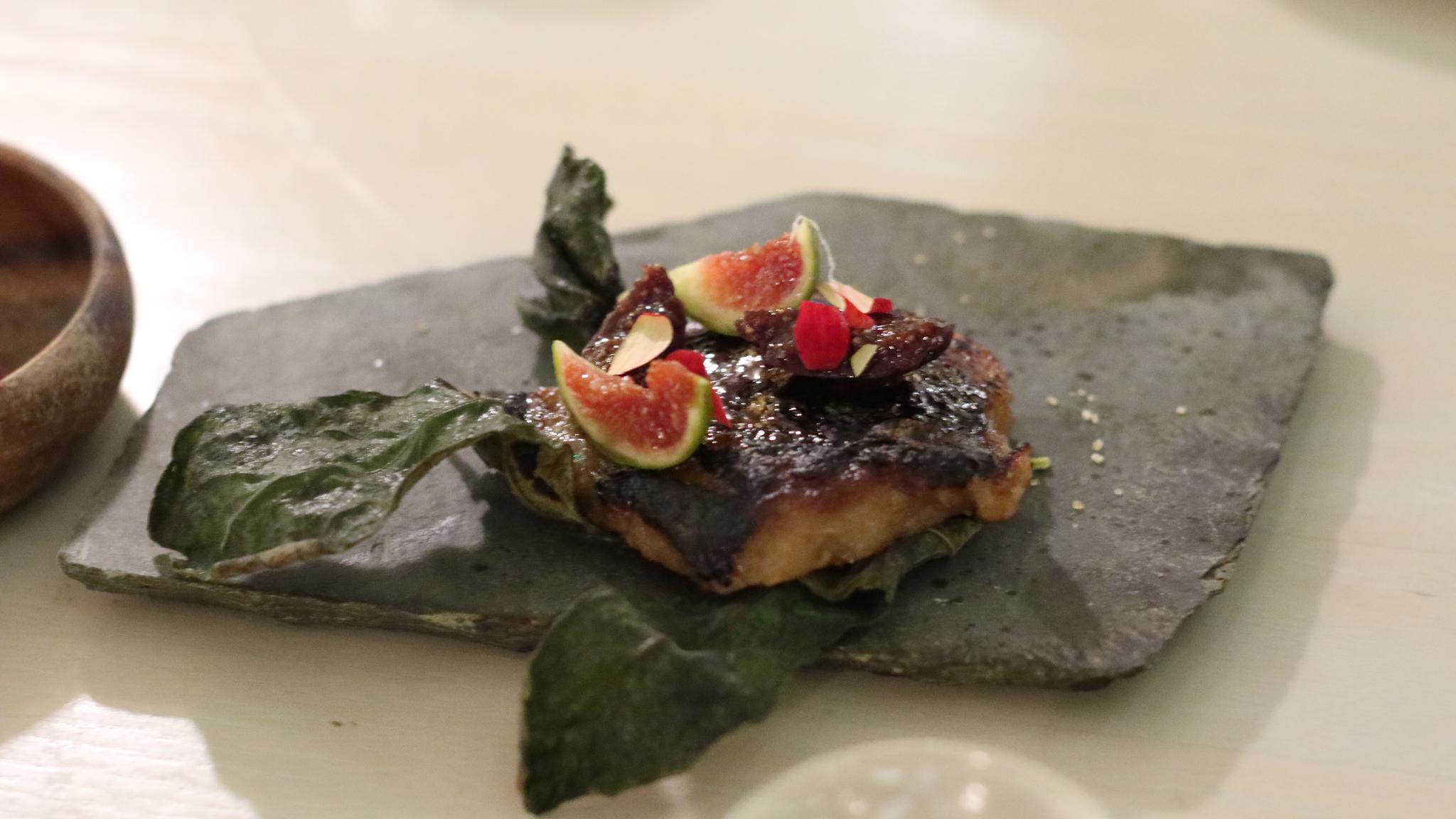
At Abaca, Ang is introducing diners to both Filipino vinegar and the no-waste attitude that underpins its traditions. His kitchen lineup includes half a dozen imported Filipino vinegar varieties and one made in-house from a surfeit of figs he acquired from a favorite market vendor. He uses the fig vinegar to deglaze the caramelized fresh figs that top the tupig, an Ilocano sticky rice dessert traditionally grilled in banana leaves. (Ang uses fig leaves.)
The Philippines is “a very, very regional country,” so it makes sense to use a region’s local vinegar for its local specialties, he explains. “And here, we’re making Filipino-California regional food.”
A version of this article appeared in the San Francisco Chronicle with photos by Geloy Concepcion.
Add a comment
0 Comments Add a Comment?